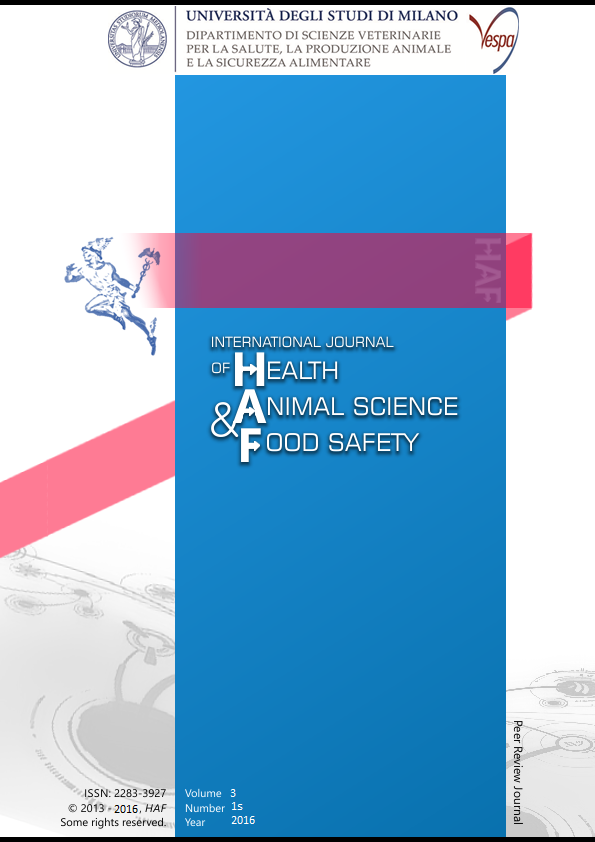Abstract
Toll-like receptors (TLRs) are pattern recognition receptors (PRRs) considered to be the primary sensors of pathogens in innate immunity. Genetic variants could be associated to differences in breed innate immune response to pathogens and thus to susceptibility to infections or autoimmune diseases. TLRs are encoded by a multigene family and are conserved through evolution, from Drosophila to mammals, because of its essential role in innate immunity. Ten TLRs have been identified in most mammals. TLRs can be classified into groups, depending on the PAMPs detected and their cellular location. There are significant distinctions between intracellular and extracellular TLRs. Intracellular TLRs theoretically can't accept much variability, because they have evolved under strong purifying selection. Viruses can only be detected through their nucleic acids; therefore, intracellular TLRs have an essential non-redundant role in host survival. Moreover, mutations in those TLRs could end up with an autoimmune disease against own nucleic acids or with high susceptibility to some viral infections. On the other hand, membrane or extracellular TLRs have evolved under less evolutionary pressure, due to they can recognize one pathogen through different PAMPs (immunological redundancy). So they show a higher rate of damaging non-synonymous and STOP mutations. Although infective pressure that has reached these molecules is one of the main mechanisms of evolution, it is not the only one. In some domestic species non-adaptative evolution has also an important role, through genetic drift, bottlenecks and migratory routes. Genetic variation in canine and porcine TLRs characterized in our laboratory using massive parallel sequencing will be presented and results discussed.
This work is licensed under a CC BY-SA 4.0 international

